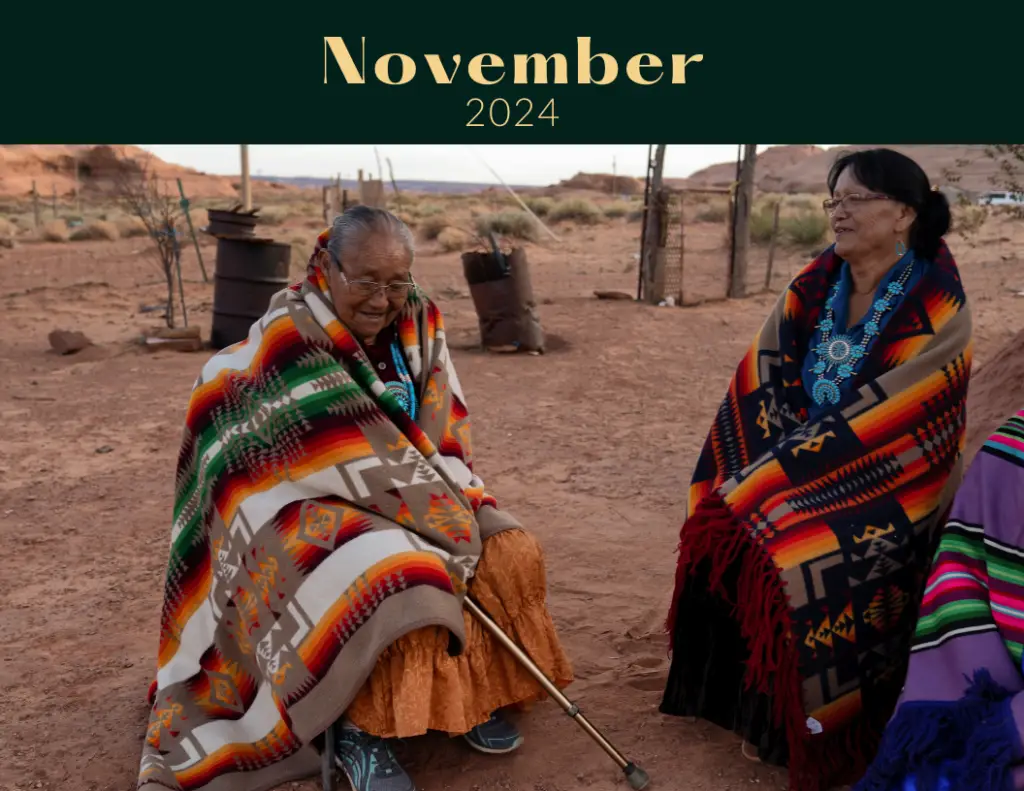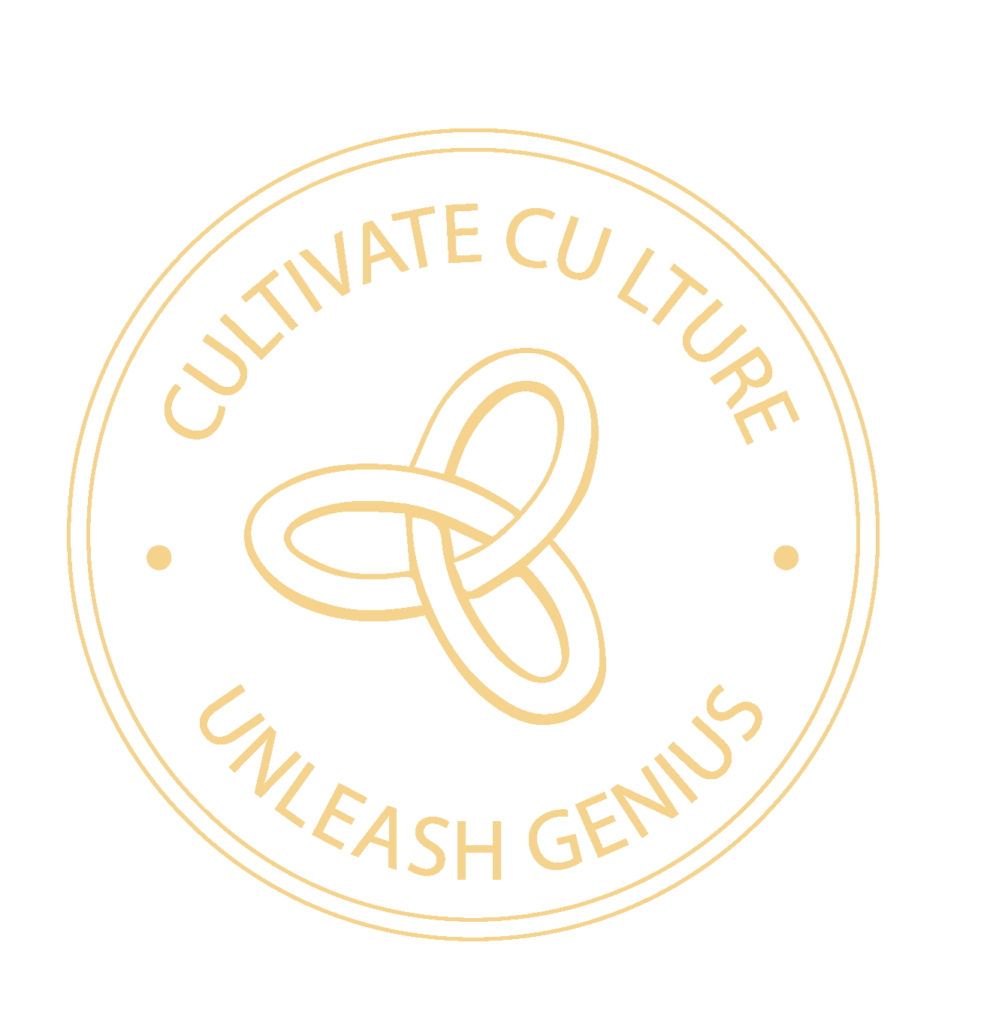Month-long observances:
Diabetes Awareness Month
People all over the world are affected by the imbalance of sugar levels with two different types of diabetes. This month, we bring attention to this disease and how it impacts human health. Take this time to talk to your employees about accessibility to health screenings and ensure care for the disease is accessible to all.
Observance Suggestion: Normalize testing for diabetes by taking a test yourself. Make a list of where you can go to do it for free (or provide access if not covered by your health care provider) and encourage your employees to test as well.
Movember (awareness of men’s health issues, such as prostate cancer)
This month, men put their razors down and let their facial hair grow, drawing awareness to prostate cancer and other men’s health issues. This was created by the family of Matthew Hill who passed away due to the disease. When they publically vowed to stop shaving for a month, they collected the money that would have been spent on razors and donated it instead to men’s health charities.
Celebration Suggestion: Suggest your employees participate in Movember and offer up a matched donation for those who participate.
American Indian and Alaska Native Heritage Month
This month, we celebrate the rich and diverse traditions of indigenous people. Native people’s histories have given us important contributions to today’s societies. Because they’re often overlooked and unheard, they face unique challenges many non-native people will never experience.
Celebration Suggestion: Take a look at your supplier incentive programs and rework them to better attract/cater to American Indian and Native businesses. Use funds to support the political initiatives that protect native lands.
Military Family Appreciation Month
Military families face unique challenges due to deployments, frequent relocations, and the possibility of injury or loss. Military Family Appreciation Month is an opportunity to express gratitude for their sacrifices and resilience and show support for their needs.
Observation Suggestion: Encourage acts of kindness towards colleagues who have family members serving in the military. This could include offering childcare assistance, providing meals, or simply offering a listening ear.
Calendar dates:
November 1 – All Saints’ Day (Roman Catholic) (same every year)
All Saints’ Day is a holy celebration designed to honor Catholic saints and give thanks to the family and friends who helped guide individuals in their faith.
Celebration Suggestion: Give your employees PTO to spend with their families. Make it easy for them to do so by ensuring their workload isn’t rushed before their leave or will pile up before they come back.
November 1-2 – Dia de los Muertos (same every year)
Day of the Dead is a traditional Mexican holiday that celebrates their ancestors by setting up altars with favorite foods, drinks, and photos. Though the day may be full of honoring the dead, it’s full of lively celebration including laughter and joy.
Celebration Suggestion: Look to see if there is a Dia de los Muertos celebration within your community. Go, celebrate, and enjoy the stories of your ancestors as well as those around you.
November 6 – National Stress Awareness Day
Stress has become the number one factor in many people’s health concerns. And while we’re constantly learning about the impact of stress, it’s important to understand how to combat it on an individual level. National Stress Awareness Day is designed to help people identify the stresses in their lives and take the time to effectively combat them so it doesn’t continue to do harm.
Observance Suggestion: Create a self-care day for employees. Ask them what self-care means to them and provide them the opportunity to practice those particular actions.
November 9 – World Freedom Day (same every year)
World Freedom Day commemorates the fall of the Berlin Wall and the end of communist rule. Celebrated in the United States, conservative groups encourage others to celebrate the entire week as the victory over communism.
Celebration Suggestion: Find who is holding a rally for freedom and support them by attending and/or funding. Give employees the opportunity to also participate if they so choose.
November 9 – World Adoption Day (same every year)
On this day, we lift up all the voices in the adoption community. So often, adoption stories get watered down or glossed over because in the end, a family was created. But we must not forget that this journey is emotional from the start and may be a difficult transition for everyone involved.
Celebration Suggestion: Search for families in the area who are actively and publicly looking to adopt. Create a fundraiser and donate so these families can grow their families the way they want.
November 11 – Veterans Day
This day serves as a tribute to the United States military veterans. Not to be confused with Memorial Day, Veterans Day is an honor to all men and women who served in the armed forces, not just those who died. As a Federal holiday, most businesses give their employees days off and provide extra support to military organizations.
Observance Suggestion: Find an organization that supports active military overseas. (Preferably, Veteran-run organization). Ask what types of supplies you can package and send to aid in their support.
November 13 – World Kindness Day (same every year)
World Kindness Day seeks to shine a light on acts of kindness all over the world. This day encourages people to act out random acts of kindness, doing things for others without want something in return. Many people gift out food or clothing, but this can also be done by donating your time, doing someone else’s chores/errands for them, or even offering to pay for groceries to another shopper.
Celebration Suggestion: Encourage employees to participate in random acts of kindness. Do your own random act of kindness, too. Let them leave work early so they can have the time to participate in those acts outside of your organization’s space.
November 16 – International Day for Tolerance (same every year)
Just because we are living in a world where people are more connected through work, relationships, and technology, it doesn’t mean we live in a world where there is more understanding. Tolerance isn’t just about accepting each other. It’s about respecting others, regardless and because of their differences.
Observance Suggestion: Bring in a speaker to lead a discussion about what tolerance means and how you can create a space of tolerance and respect for all.
November 17 – International ERG Day
International ERG Day is an annual event to celebrate and recognize the vital role of Employee Resource Groups (ERGs) within organizations. ERGs are employee-led groups that provide support, professional development, and networking opportunities for members based on shared identities, such as race, ethnicity, gender, sexual orientation, or other characteristics.
Recognition Suggestion: Issue a company-wide statement acknowledging the importance of ERGs and thanking them for their contributions.
November 19 – Women’s Entrepreneurship Day
Worldwide, women account for about 85% of global spending. And thanks to the obvious gender pay gaps, more and more women have left the corporate world and created their own businesses. Women everywhere are becoming profitable entrepreneurs, making a huge impact and contribution to our financial environments.
Celebration Suggestion: Search for women-owned businesses you can support by partnering with them as suppliers or partners.
November 19 – International Men’s Day (same every year)
International Men’s Day celebrates the positive male role models all over the world. The fathers who raise kind children, the sons who practice honest respect, and the men who actively understand and practice equal rights for both men and women.
Celebration Suggestion: Host a seminar or conference for employees to connect on a real level. Bring in an equal rights speaker to hear how to support those who are fighting for equal rights within your community.
November 13-19 – Transgender Awareness Week (same every year)
Transgender Awareness Week (TAW) aims to raise awareness about the transgender community, their experiences, and the challenges they face. This week aims to combat misinformation and dispel stereotypes surrounding transgender identities, celebrate the unique experiences and contributions of transgender individuals in various fields, and encourage allies to stand up against discrimination and violence faced by the transgender community.
Observance Suggestion: Encourage employees to take this opportunity to update their email signatures to incorporate inclusive language, such as stating their pronouns alongside their name.
November 20 – Transgender Day of Remembrance (same every year)
This day honors and memorializes those who have faced discrimination for not fitting stereotypical “male” and “female” identities. Because of fear and misunderstandings, many transgender people have suffered discrimination, difficult hurdles, and even death. Transgender Day of Remembrance offers a day of love and support to fight against those horrible actions.
Observance Suggestion: Consider how your organization may be perpetuating the stereotypical “male” and “female” roles within your culture. There are simple actions you can take to improve on this: For team building exercises, group employees by birthdate or favorite foods instead of gender roles.
November 20 – Universal Children’s Day (Human Rights, U.N.) (same every year)
Though it originated in Turkey, Universal Children’s Day is observed worldwide. It aims to spread awareness of difficulties children face in their rights to education, development, family life, spirituality, and more. All over the world, this day is meant to reflect on how adults can improve children’s overall well-being and care.
Observance Suggestion: Sponsor a child through an organization like UNICEF. There are several that exist and small donations can go a long way. Ask team members who are parents how you can support them, so they can support their children.
November 25 – Day of the Covenant (Baha’i)
This day celebrates the appointment of ‘Abdu’l-Bahá as the Centre of Baha’u’llah’s Covenant. This protects the Baha’i religion from alienation by preserving it through unity and celebration. It’s also known as The Greatest Festival because He was the Greatest Branch.
Observance Suggestion: Talk to a person of the Baha’i faith and ask them questions to learn more about it. Since this day is all about unity instead of alienation, ask if you can go to a prayer gathering to learn more about the religion.
November 27 – Ascension of Abdu’l-Baha (Baha’i)
This holiday commemorates the death of the eldest son and successor of Baha’u’llah (the co-founder of the Baha’i faith.) People wanted to celebrate ‘Abdu’l-Bahá on his birthday, but he refused, since it was already an important celebration within their faith, so he chose this day instead.
Observance Suggestion: Bring in a speaker who is familiar with the Baha’i faith. Learn more about it and how those who practice can better be represented and respected within your space.
November 28 – Indigenous People Day/Thanksgiving
Today, while many Americans sit down at a table full of turkey and potatoes, please keep in mind that it’s also a Day of Mourning. We at Culture Refinery are taking a moment to remember the millions of people who were murdered by colonists. And we stand by those who see this as a day of no thanks and no giving.
Observance Suggestion: Use today as an opportunity to come together and remember the honest history of the day. Support protestors by either participating or funding, if possible.
November 30 – Native Women’s Equal Pay Day
We know you’ve heard about gender gaps before. However, there is a strikingly large gap when you look at native women’s pay. For every dollar a white man makes, a native woman makes 60 cents. Meaning, Native women will earn as much as the same man’s yearly salary… once they work for 20 months.
Observance Suggestion: Find Native Woman-owned businesses and support them. Ask to partner as suppliers.




